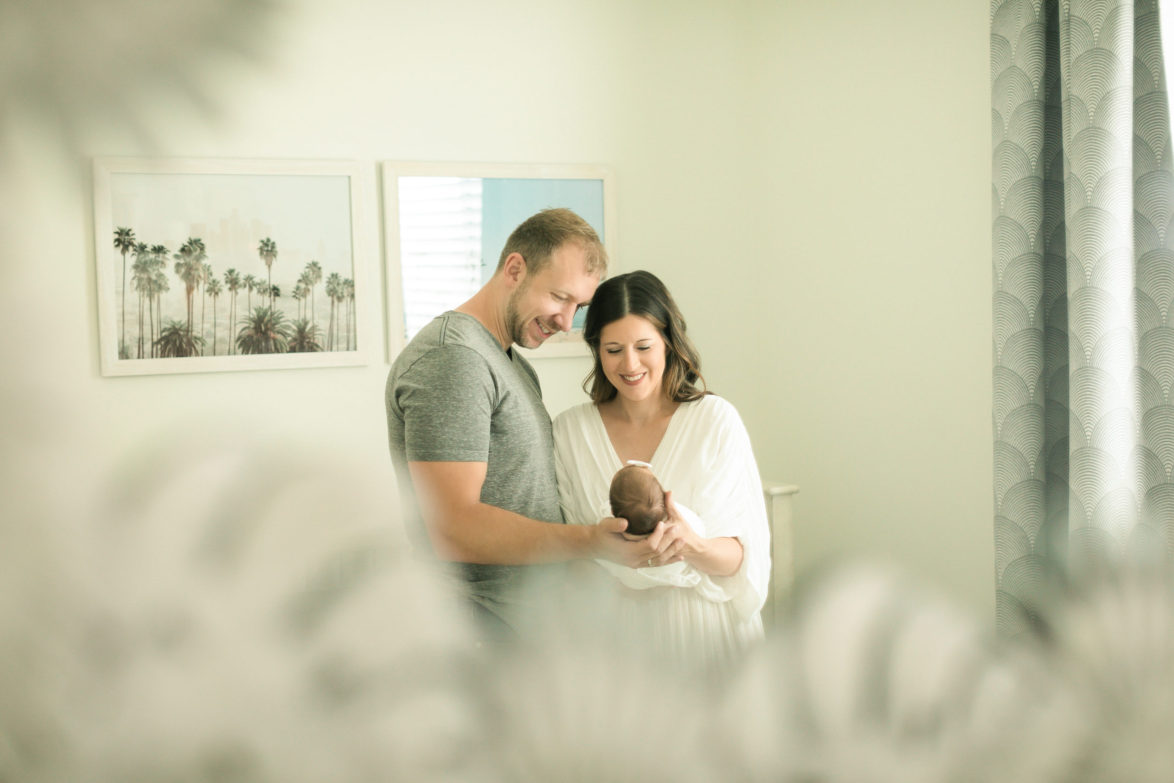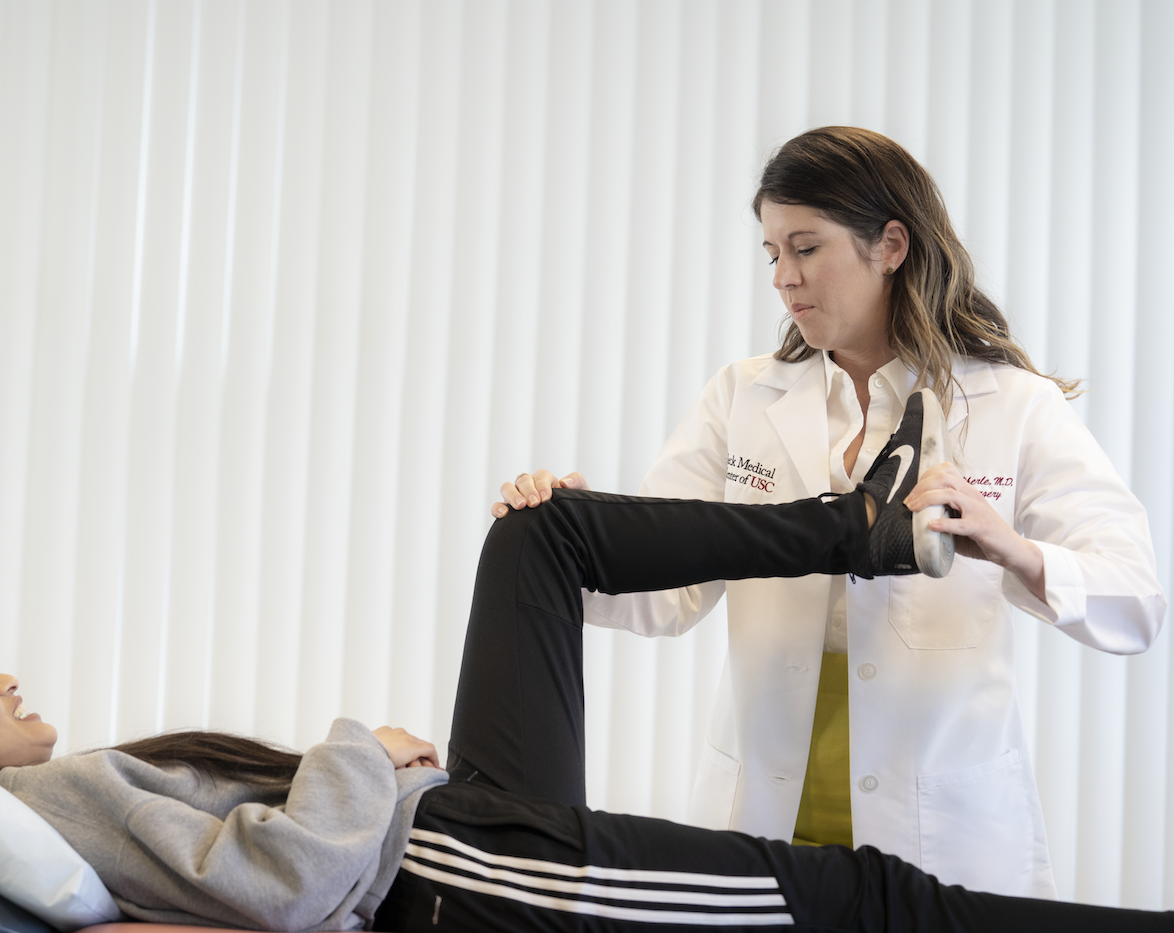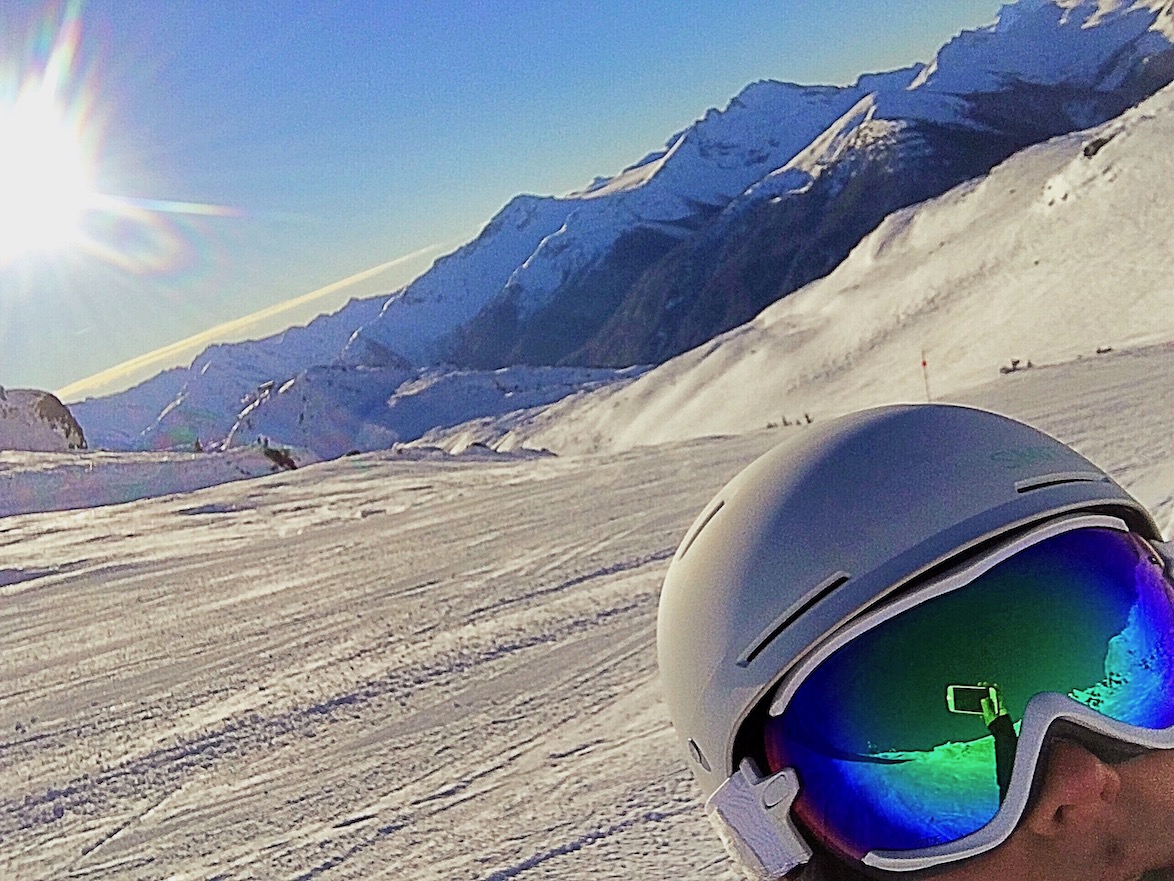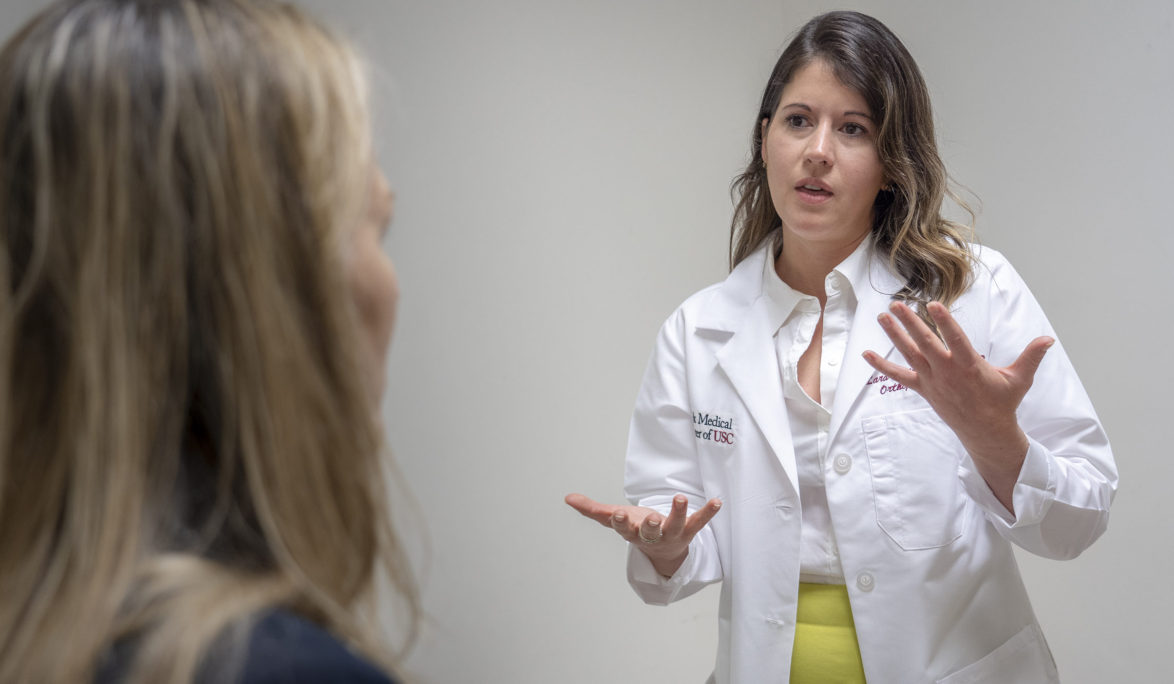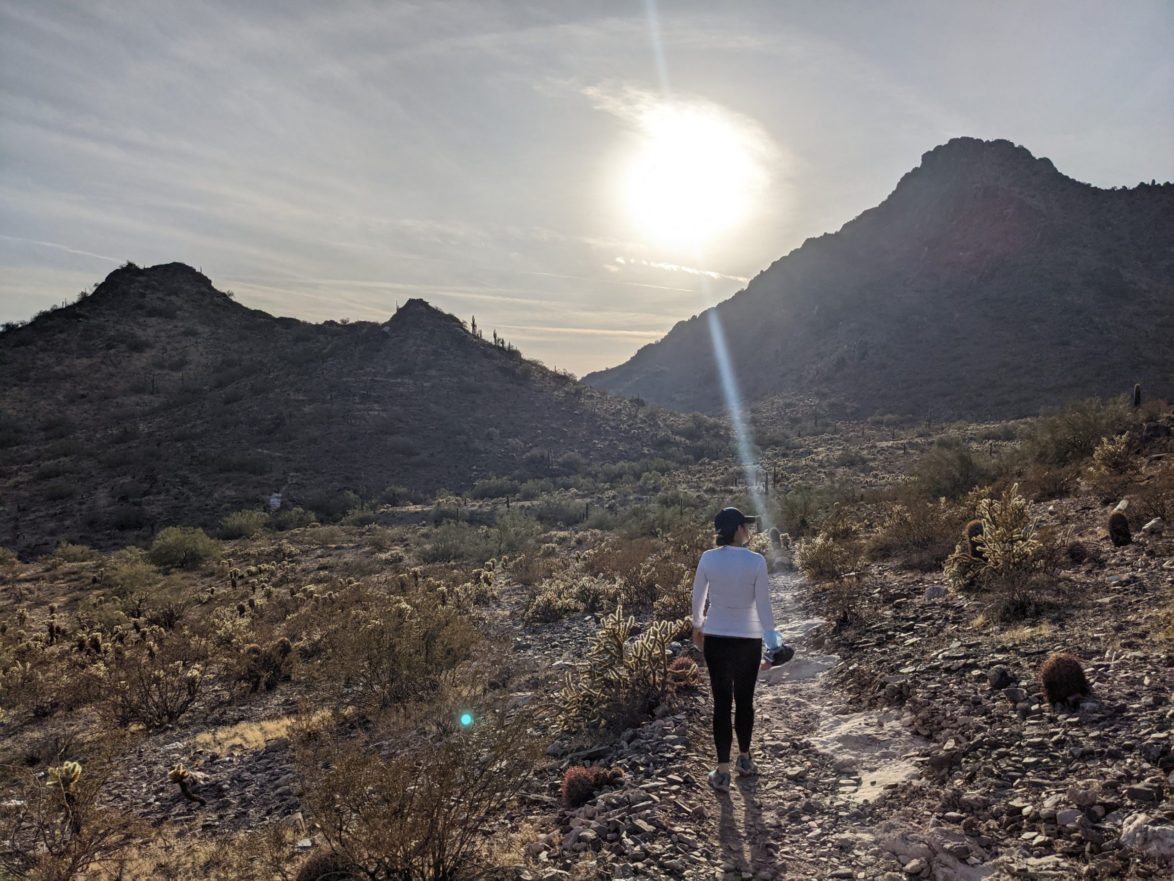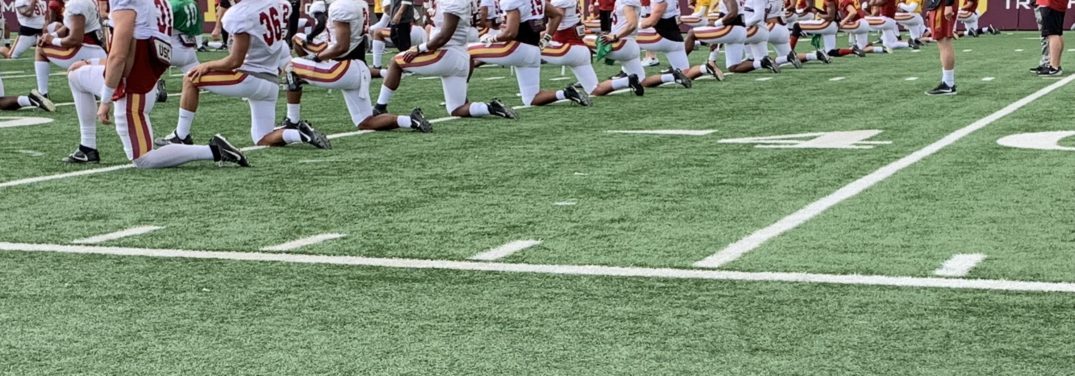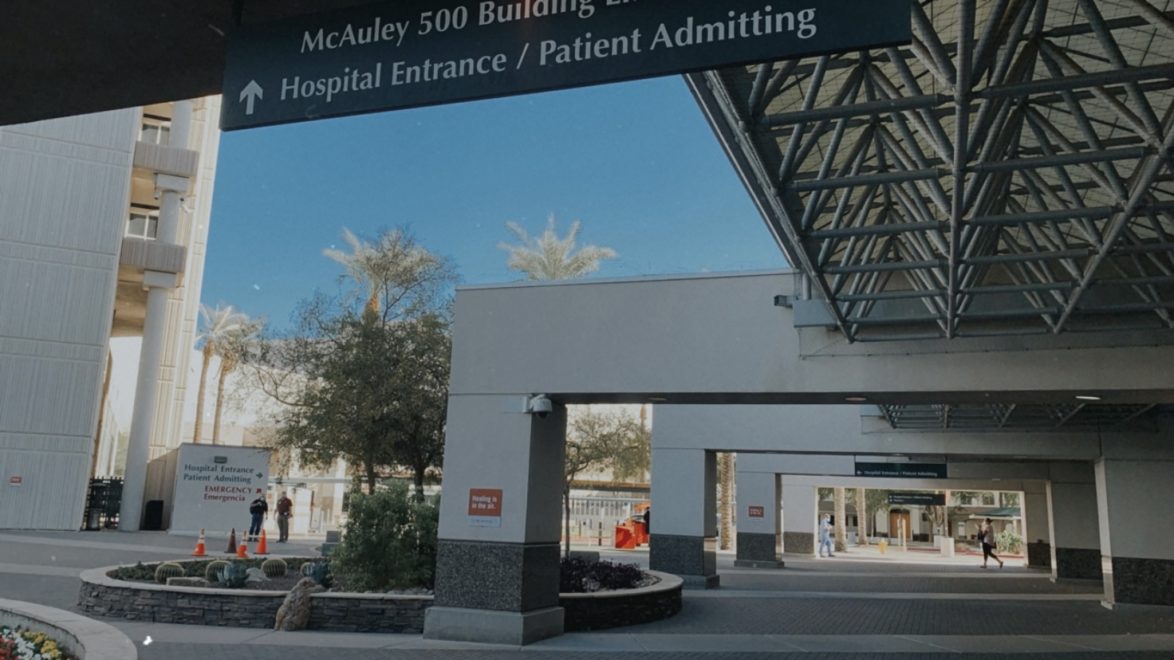I meant to get this posted near her birth! But the 4th trimester has been wild! … more on that another day. Alas, here we are, and it is finally time for a catch up! If you had been following along you know pregnancy was going well. (And I’ll share my 3rd trimester update eventually…) Due to my age we were candidates for induction at 39 weeks. My doctor and I had made this the tentative plan. I wasn’t super into a ‘birth plan’ per se, but I am type A and like to have some semblance of a strategy in place! But baby girl evidently did not feel this was a good plan… we discovered she was breech, and for a first pregnancy this would mean you cannot have a vaginal delivery due to safety reasons. If she did not flip to the appropriate direction (ie: head down versus up), I would need a caesarean. Spoiler alert: she stayed breech. Google “spinning babies” if you want a laugh thinking of me laying upside down while very, very pregnant in a feeble attempt to turn this strong-willed little lady. We also tried an external cephalic version (ECV) where my doctor attempted to rotate by pushing on my belly. Yes, it looks as barbaric as it sounds. It was tolerable pain (nothing compared to what was to come…) but, sadly not successful. Baby girl was showing her stubborn streak. I blame her dad.
Speaking of the hubs… he had a work trip leaving 4 days before our planned induction/now possible c-section. The day before his departure his parents were flying in to stay with me while he was away and help once baby arrived. They were somewhere mid-flight when I went in for one last OB visit before he heads out of town. You know, just in case…
At the doctor I reported the standard late pregnancy symptoms of feeling tired and uncomfortable but overall, feeling well. I had been having mild intermittent belly tightening, and a few episodes of tightening that were more intense but random and rare, nothing too crazy to me or that would signify labor was near. My doctor checked me, and we found out those pains were actually contractions! I was dilated in early labor. The best laid plans, am I right? Since baby girl was breech, suddenly time was not on our side. If we waited I could further into labor and need an emergency c-section. Not ideal. Instead, we opted for a more controlled urgent one. This meant… we were having our baby that day. What! We left the doctor’s office at 10 am. Drove home. Francis got a potty break (of course) and I grabbed my hospital bag. (I almost took it to the doctor appointment that day but was thinking what a rookie move that would be… go figure!) We were back at the hospital and in the operating room by noon. We attempted one last ECV after my spinal (numbing me from the waist down for surgery) … but again she wasn’t willing to flip.
There was such a mix of emotions this day. I felt like I had done everything the best I could during pregnancy and still ended up having a c-section which I really did not want. I was scared. I know too much medical stuff. But not enough at the same time, if that makes sense? The nurse with me saw my fear. While wheeling me back to the operating room she paused the bed and told me a story about my baby girl. She gave me breathing techniques and promised to stay with me throughout. And then we were on our way again. At this point it all happened so fast. There was a mirror overhead and I watched my doctor working. I remember squeezing my husband’s hand in pulses to focus on something other than the fear. I watched as baby girl arrived and heard her little cries. My fear now mixed with a whirlwind of other emotions. It was one of the most overwhelming moments in my life. As they brought her over and placed her on my chest, I knew nothing would ever be the same. Welcome to the world Everette Hazel. You represent the hope and dream of your parents. And we can’t wait to get to know you.
Photo: Stephanie Honikel Photography
